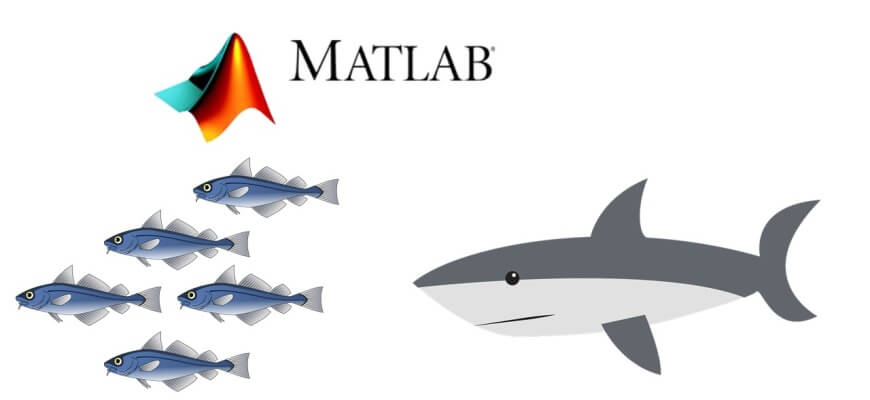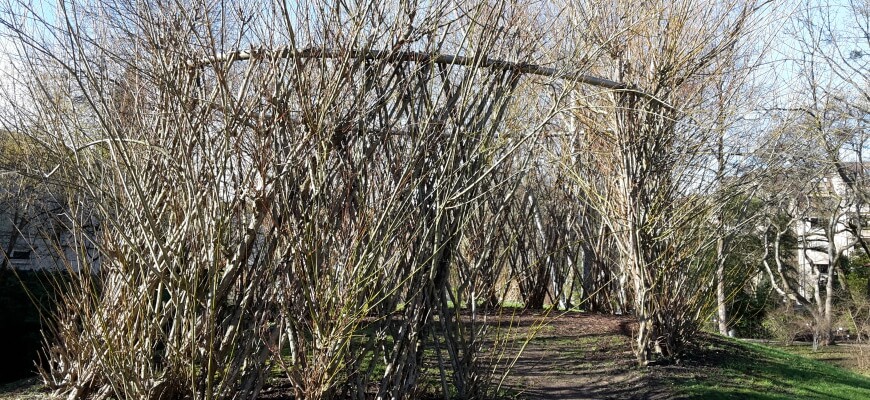If there is one astonishing example for a biomimetic project following the ‘bottom up approach’, it is the example of the Bird-of-paradise flower Strelitzia reginae with its extraordinary hingeless flapping (opening) mechanism. This biological system has been successfully analyzed, its functional principle abstracted and implemented in a technical system as a cooperation between biologists, engineers...
Continue reading...
Last week my colleague Jan was writing about sensors. Today I would like to relate to that topic and discuss communication in nature. How do organisms communicate? Human beings for instance rely on verbal communication along with many other channels like hand gestures, behavior, facial expressions etc. Other animals are also using several different methods...
Continue reading...
Biomimetics. I guess most people who hear that word will think of the lotus effect or bioinspired shapes and forms such as Velcro or gecko’s feet . Maybe someone is thinking about some kind of natural inspired optimization e.g. honeycomb structures. In my experience nobody thinks about sensor, which is one of the biggest field...
Continue reading...
In my previous article I was explaining the swarming behavior of fish in a predator-prey system. There you can read about basic rules underlying the mechanism of swarm formation. The next step now is to make a computer simulation of such a system by using the Matlab software. Without any previous experience with programming languages, this first step...
Continue reading...
There are always two interesting parts in the field of Biomimetics. The first one belongs to biological phenomena and the other one is the technical part. In all our previous articles we were describing some interesting natural systems or structures and processes, but so far we have not discussed how they can be put in...
Continue reading...
We have written already quite a lot about the concept behind the subject Biomimetics: to analyse a biological system or structure, extract its functional principles, abstract and implement it in technology. Today I would like to introduce the topic Baubotanik which fits in this context, even though it is not actually a biomimetic process by...
Continue reading...
In my last article I spoke about the diversity of Biomimetics and how it can inspire sustainable living. In today’s article I want to discuss about how good design in nature is along with being multi-functional. We are all aware that nature offers many multi-functional materials, the most known material being our skin. Skin performs...
Continue reading...
Usually when we talk about colors, we talk about pigments, which are giving objects their appearance. But there are other ways to generate colorful images. In nature we can find multiple examples for structure related colors, most commonly known are the butterflies and peacocks. This week I try to give an answer to the question:...
Continue reading...
Since centuries, people living in areas with cold winters have been trying to economize the energy required to keep their homes warm. Traditional alpine houses were constructed in a way that the living area was above the barn where animals produced enough heat to warm up the ceiling for several degrees. This required much less additional...
Continue reading...
In my last article (Go with the flow) you could read about natural material flows and how nutrients and resources continuously cycle through ecosystems. Today I want to follow up on this and tackle another ecologically relevant topic: natural symbiosis. Why are symbiotic relationships so important? What is the success story of this type of...
Continue reading...















